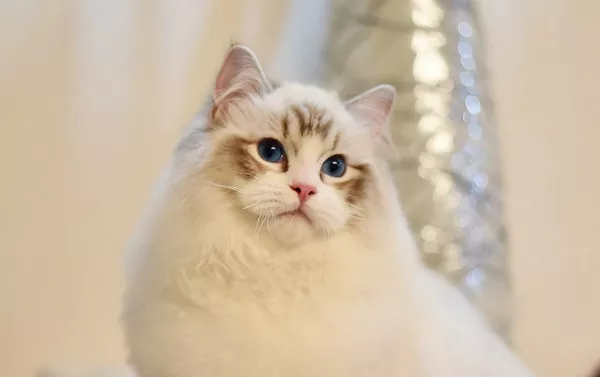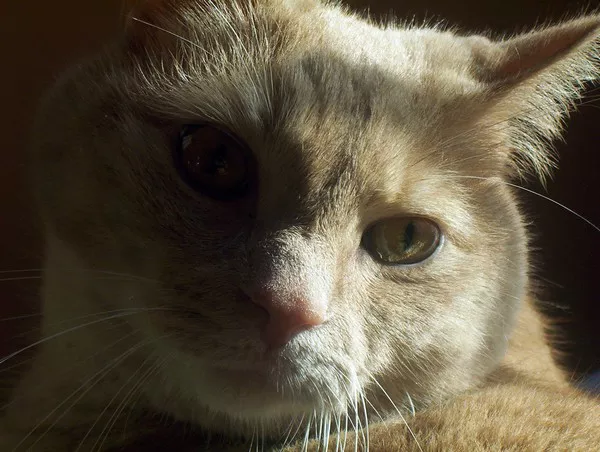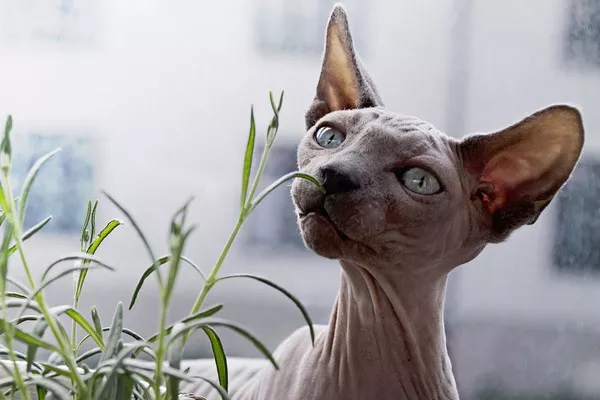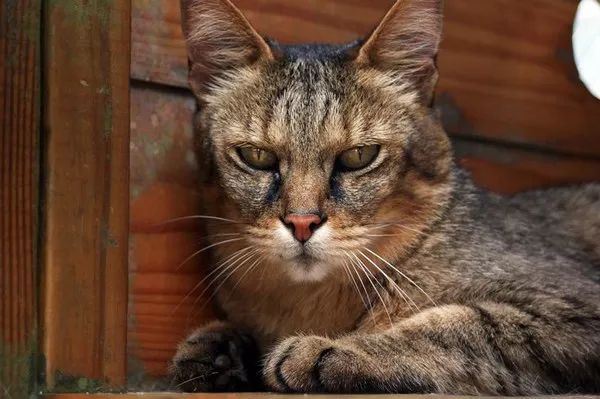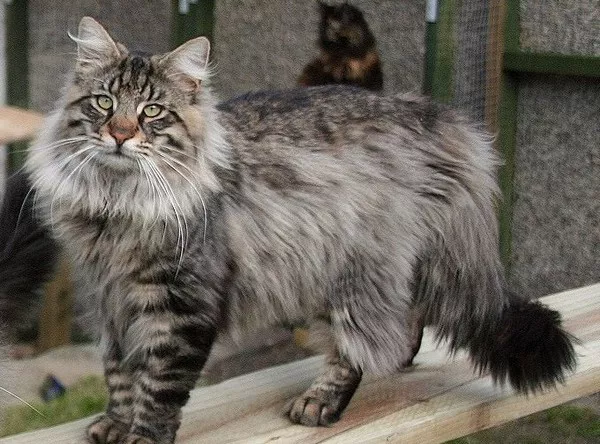The Ragdoll cat, known for its stunning appearance and gentle personality, is a popular breed among cat lovers. As with any cat, one essential aspect of caring for a Ragdoll is understanding its shedding habits. Shedding is a natural process that all cats undergo to replace old or damaged fur with new growth. In this article, we explore whether Ragdolls shed a lot, factors that influence shedding, grooming tips, and how to manage their shedding effectively to keep their coat and your home in pristine condition.
The Ragdoll Cat’s Coat Characteristics
The Ragdoll cat is recognized for its luxurious, semi-longhair coat, which sets it apart from other breeds. Their coat consists of a soft, silky texture, and they have a prominent ruff around their neck, bushy tail, and fluffy britches on their hind legs. While they may appear to have an abundant amount of fur, the density of their coat does not necessarily correlate with excessive shedding.
Ragdolls come in various colors and patterns, including colorpoint, mitted, and bicolor, each adding to their unique and beautiful appearance.
Shedding Seasons of Ragdolls
Like most cats, Ragdolls experience seasonal shedding, with fluctuations in the amount of fur they shed based on environmental factors. Typically, they undergo more significant shedding during the spring and fall as they transition between winter and summer coats. During these shedding seasons, they may lose more fur than usual, and frequent grooming may be required to manage the loose hair.
In contrast, Ragdolls may experience minimal shedding during the winter months when they grow a thicker, insulating coat to protect against the cold.
Factors Influencing Shedding
Several factors can influence the shedding habits of Ragdolls, including:
1. Climate and Temperature: Ragdolls living in climates with distinct seasons may experience more significant shedding as they adapt to changes in temperature.
2. Hormonal Changes: Female Ragdolls may experience increased shedding during heat cycles, pregnancy, or lactation due to hormonal fluctuations.
3. Indoor vs. Outdoor Living: Indoor Ragdolls may experience more consistent shedding throughout the year, while outdoor cats might have more noticeable seasonal shedding.
4. Diet and Nutrition: A balanced and nutritious diet contributes to healthy skin and coat, potentially reducing excessive shedding.
5. Stress and Anxiety: Stressful situations or changes in the environment can affect a Ragdoll’s shedding patterns.
Grooming Tips for Managing Shedding
Regular grooming is essential to manage a Ragdoll’s shedding and keep their coat in top condition. Here are some effective grooming tips:
1. Brushing: Regular brushing helps remove loose fur, preventing it from accumulating in the home. For Ragdolls, a gentle slicker brush or a comb with rotating teeth can be effective in managing their semi-longhair coat.
2. Bathing: Occasional baths with cat-specific shampoos can help remove loose fur and keep their coat clean and healthy. However, avoid excessive bathing, as it can strip natural oils from their fur.
3. Dental Care: Good dental hygiene is crucial for Ragdolls, as they are prone to dental issues. Regular dental care can reduce excessive grooming, which may lead to more shedding.
4. Nail Trimming: Keeping their nails trimmed can reduce the amount of fur they ingest during grooming sessions.
Managing Cat Hair in the Home
Despite regular grooming efforts, some shedding is inevitable. Here are some tips for managing cat hair in your home:
1. Use Lint Rollers: Lint rollers are handy for quickly removing cat hair from clothing, furniture, and other surfaces.
2. Furniture Covers: Consider using furniture covers to protect sofas and chairs from cat hair accumulation.
3. Vacuum Regularly: Frequent vacuuming, especially in areas where your Ragdoll spends the most time, helps reduce cat hair on carpets and floors.
4. Cat Beds and Blankets: Providing your Ragdoll with designated beds and blankets can help contain their shedding to specific areas.
When to Seek Veterinary Advice
In most cases, shedding is a normal and healthy part of a cat’s life. However, excessive shedding or sudden changes in shedding patterns may indicate an underlying health issue. If you notice bald patches, skin irritations, or any other concerning symptoms, it is essential to seek veterinary advice promptly.
Conclusion
Ragdoll cats, with their beautiful semi-longhair coats, do shed, especially during seasonal transitions. However, with regular grooming and proper care, their shedding can be managed effectively. Understanding their shedding habits, implementing appropriate grooming techniques, and creating a cat-friendly home environment can ensure your Ragdoll stays happy, healthy, and looking majestic while keeping your living space free from excessive cat hair.

